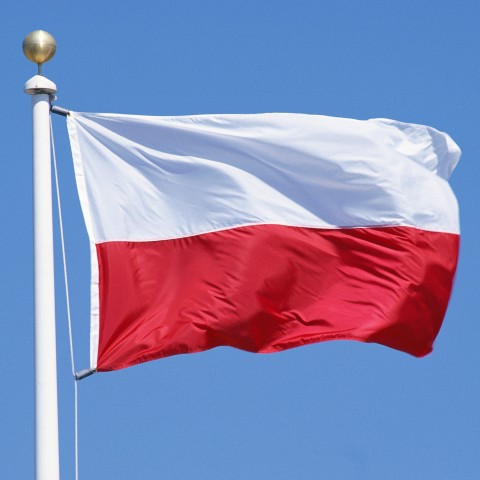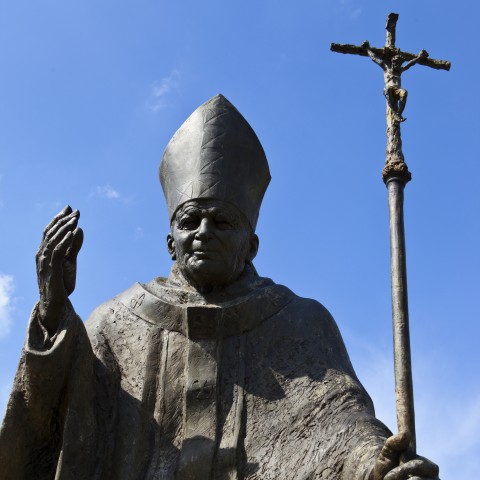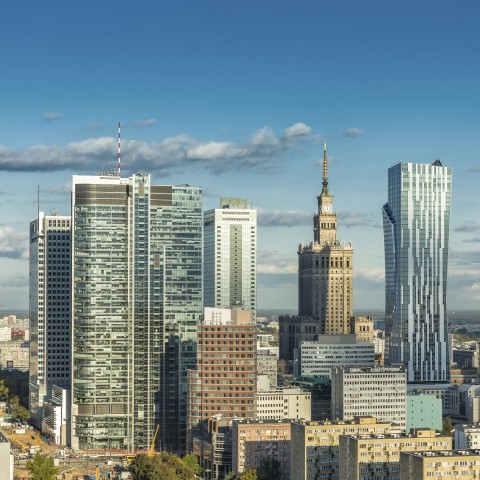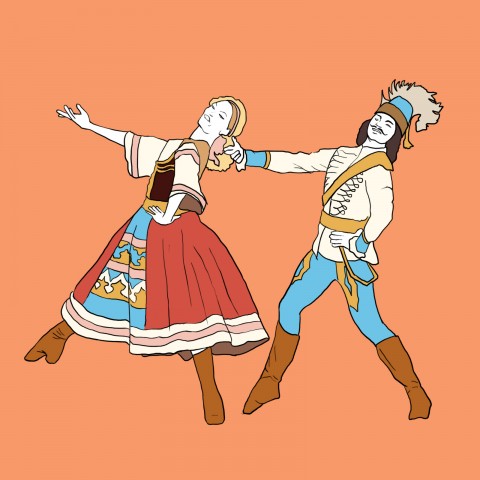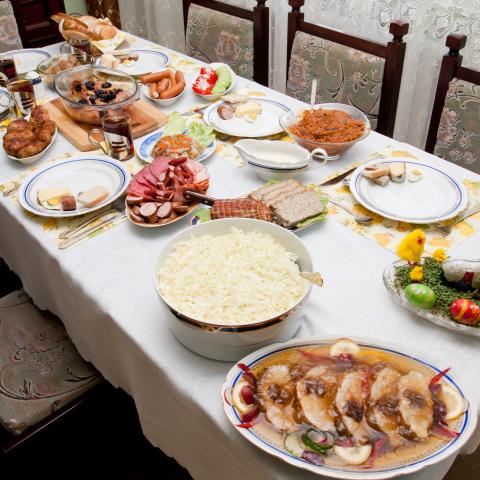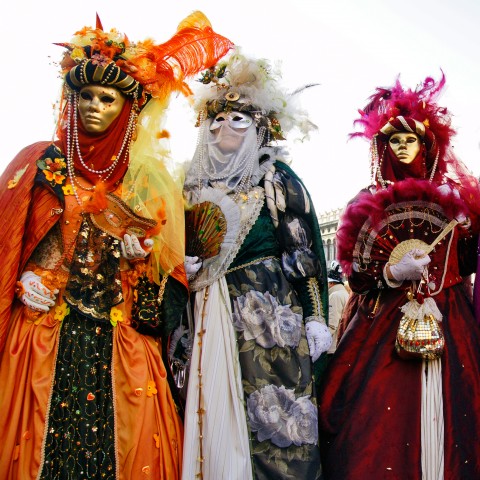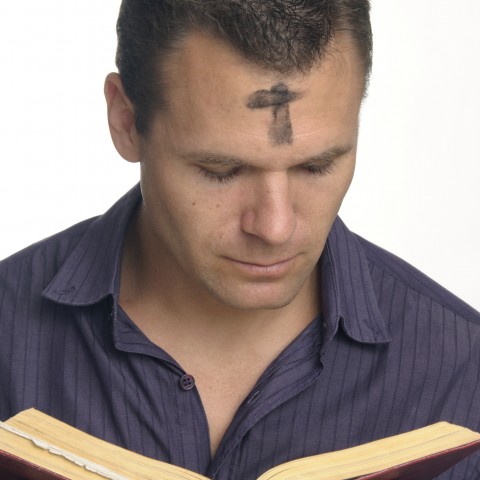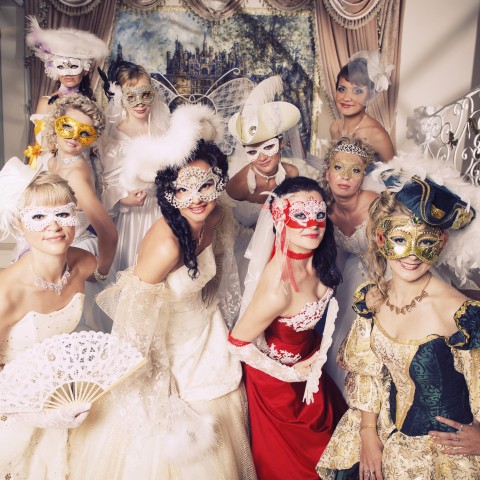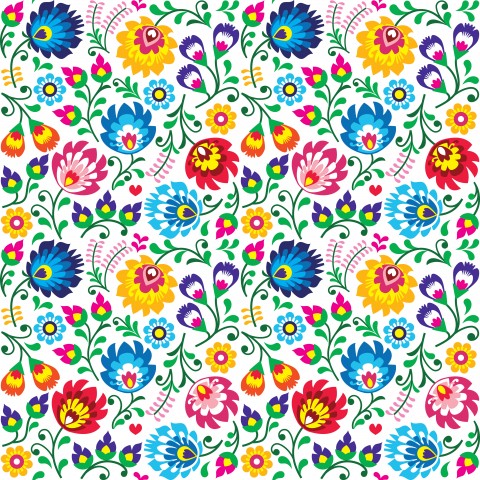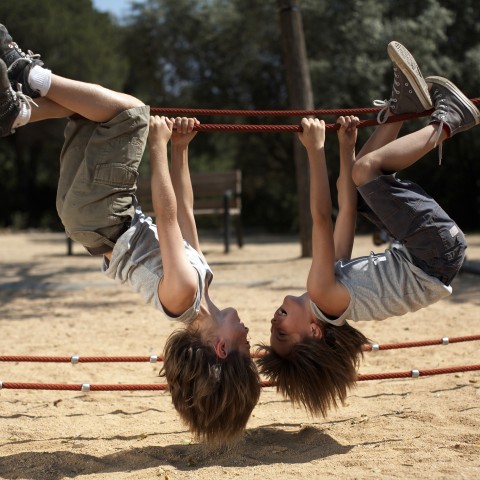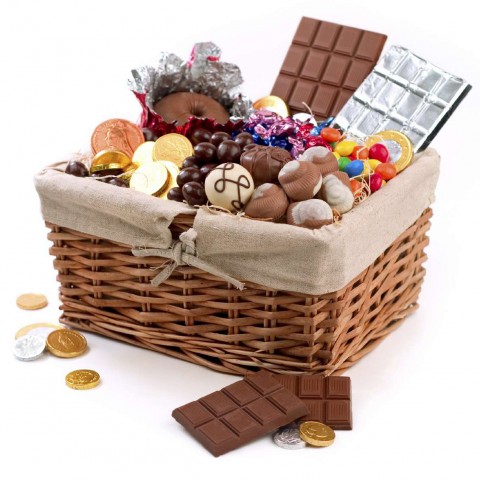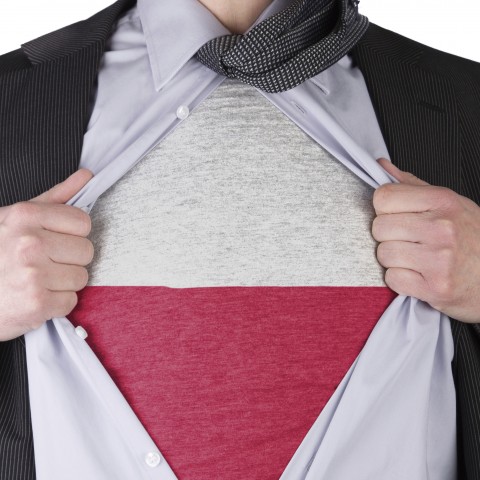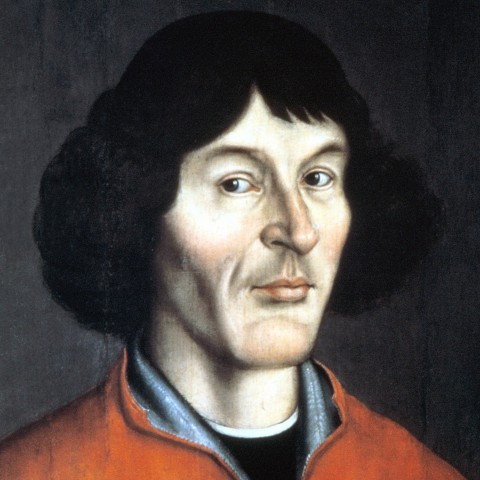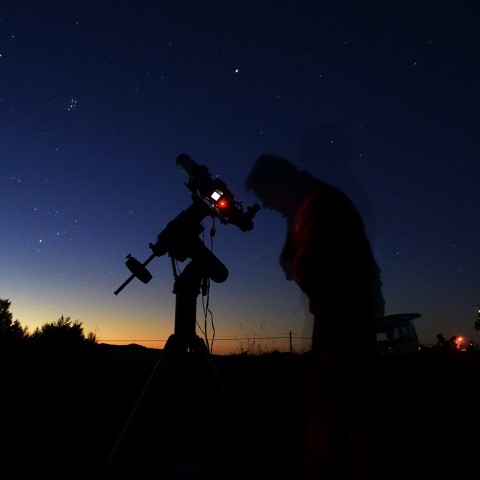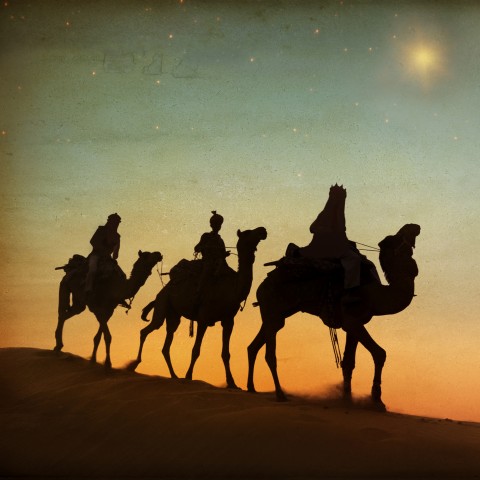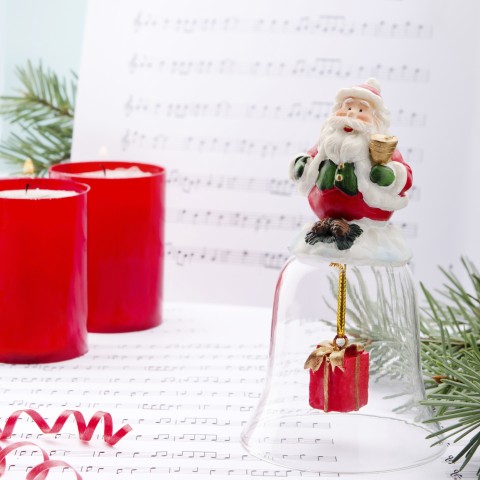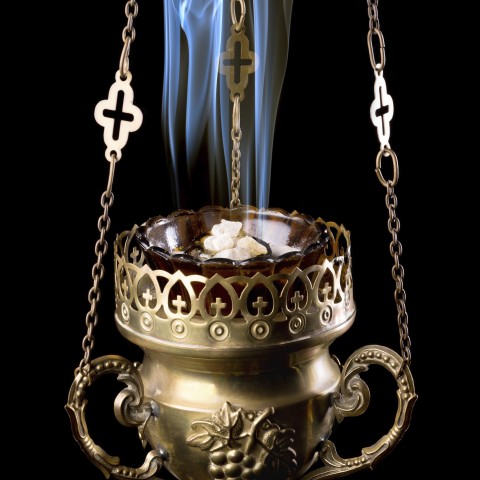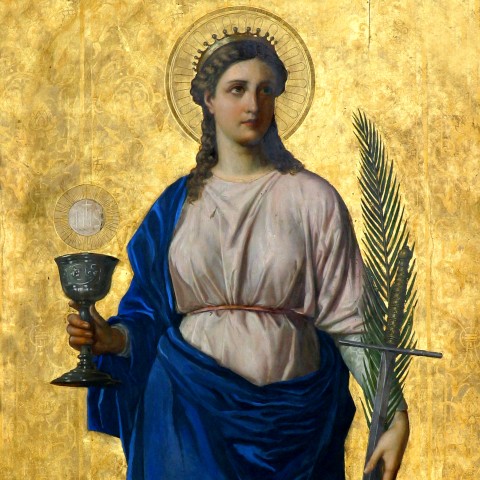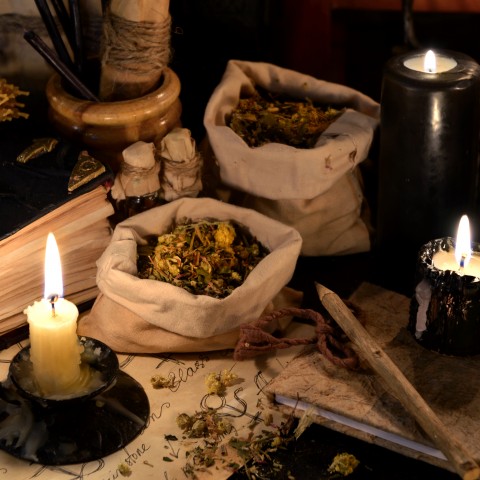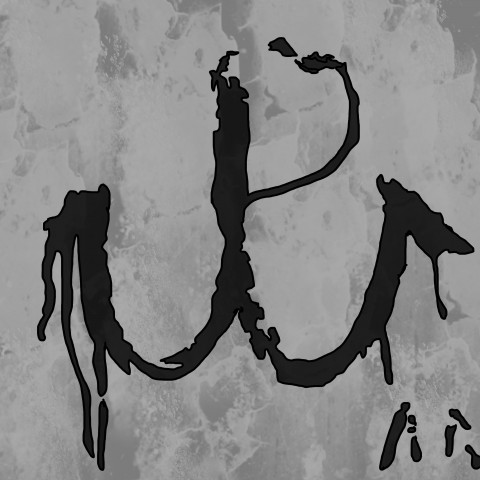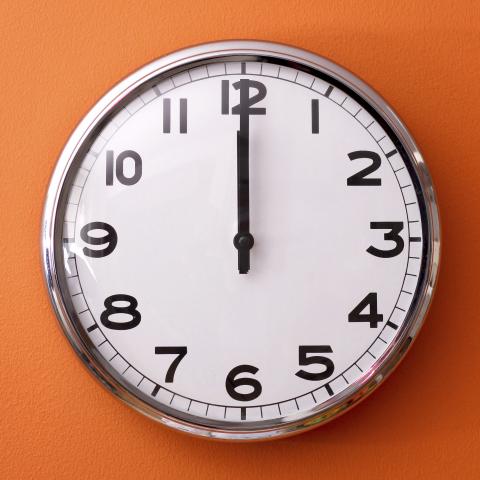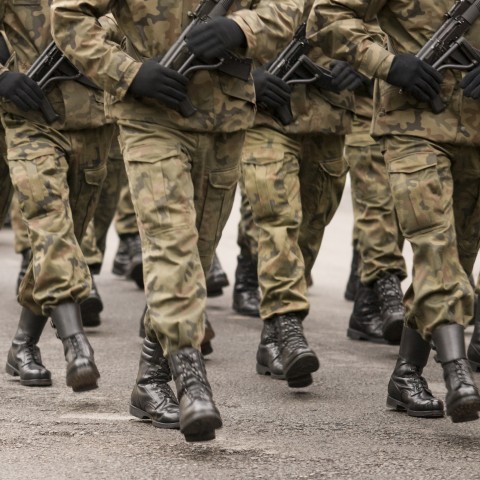
Most countries have an official national song, also known as an anthem, sung or played during important occasions. These songs are usually different from tracks that people listen to for pleasure. The music often is a march or a hymn in style, while the lyrics often refer to feelings of patriotism and national pride.
Poland is no different, and the Poles have their own national anthem. From a learner’s point of view, the Polish national anthem is an interesting way of learning more about the country’s history and culture. The story of the anthem itself is interesting as well. Keep reading to find out more!
 Table of Contents
Table of Contents
- Lyrics
- History of the Dąbrowski’s Mazurka Polish National Anthem
- Occasions for Singing the Polish National Anthem
- Interesting Facts About the Polish Anthem
- Final Thoughts
1. Lyrics
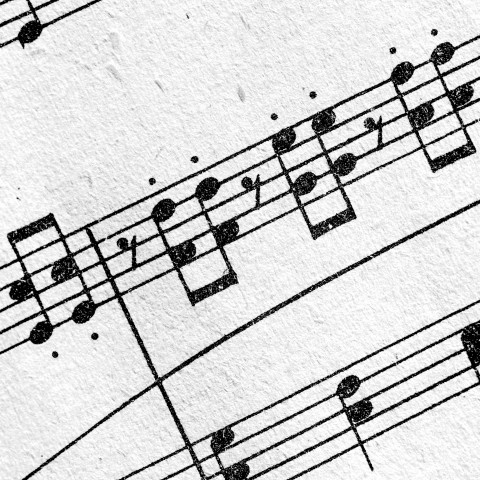
The Polish anthem is known under the name Mazurek Dąbrowskiego (Dąbrowski’s mazurka). Mazurek (mazurka in English) is a type of dance. Mazurka is a musical form that originated in Poland, based on Polish folk dances, but in the nineteenth century, it became popular outside Poland, especially in Europe and the United States. It’s also worth noting that mazurek in Polish can refer to a Polish cake, typically made for Easter.
Going back to the anthem, it’s worth mentioning that not all Polish people may know its actual name. Because it’s often referred to by its first words Jeszcze Polska nie zginęła (literally: Poland hasn’t died yet), some people would provide that as an answer to the question about the anthem’s name. Here are the full Polish anthem lyrics, along with a translation:
Jeszcze Polska nie zginęła, – Poland has not yet perished,
Kiedy my żyjemy. – So long as we still live.
Co nam obca przemoc wzięła, – What the foreign force has taken from us,
Szablą odbierzemy. – We shall with sabre retrieve.
[Chorus] Marsz, marsz Dąbrowski, – March, march, Dąbrowski
Z ziemi włoskiej do Polski, – From Italy to Poland.
Za twoim przewodem – Under your command
Złączym się z narodem. – We shall rejoin the nation. [end of chorus]
Przejdziem Wisłę, przejdziem Wartę, – We’ll cross the Vistula, we’ll cross the Warta,
Będziem Polakami, – We shall be Polish.
Dał nam przykład Bonaparte, – Bonaparte has given us the example
Jak zwyciężać mamy. – Of how we should prevail.
[Chorus again]
Jak Czarniecki do Poznania – Like Czarniecki to Poznań
Po szwedzkim zaborze, – After the Swedish annexation,
Dla ojczyzny ratowania – To save our homeland,
Wrócim się przez morze. – We shall return across the sea.
[Chorus again]
Już tam ojciec do swej Basi – A father, in tears,
Mówi zapłakany – Says to his Basia
„Słuchaj jeno, pono nasi, – Listen, our boys are said
Biją w tarabany”. – To be beating the tarabans.
[Chorus again]
You can listen to the anthem, as performed by Polish soldiers, here on the official channel of the Ministry of Defense:
Learning Polish by listening to songs and analyzing their lyrics is also a good way of polishing your Polish. You can find the top 5 tools for learning Polish, by clicking on the link. You can also learn more about famous Polish musicians thanks to our resources about Adam Makowicz, Frederic Chopin, and Karol Szymanowski.
As you can see, the Polish national anthem lyrics are quite poetic. The feeling speaking through the song is that of defending the Polish territory from foreign forces. This has to do with the difficult history of Poland, which disappeared from maps in 1795 during the third partition of Poland. Polish territories and identity have been under threat numerous times throughout the country’s history, which is why the sentiment of protecting Polishness prevails in the national anthem.
Interesting mentions include two Polish rivers, the Vistula and the Warta and the French leader, Napoleon Bonaparte. The lyrics also mention a saber as a weapon, giving you an idea about the age of this anthem. Last but not least, we have the mention of tarabans, which are drum-like, percussive instruments of Turkish origin that used to be played in Poland and Ukraine.
If you’re interested in Polish history you should read the trilogy by Henryk Sienkiewicz. It’s a long commitment so before you do, check out our lesson about the movie based on a part of this book series, “Ogniem i mieczem.”
2. History of the Dąbrowski’s Mazurka Polish National Anthem
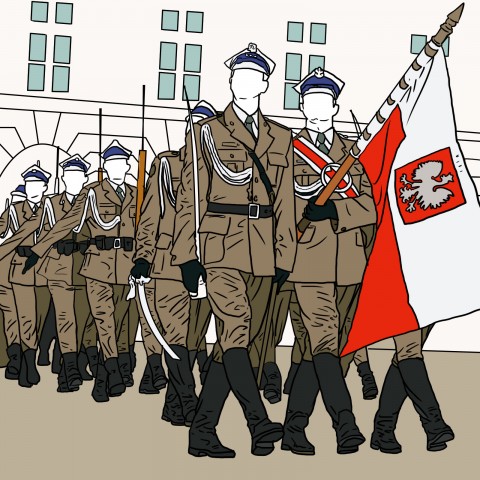
The lyrics to the anthem were written during the third partition of Poland. It was created in Italy (Włochy), where the Polish Legions were then stationed. The idea was to increase the morale of people whose country no longer existed on the map. The song quickly became popular among soldiers. The author is a Polish poet and military activist, Józef Wybicki. The original lyrics were slightly different from the current version of the anthem. In 2021 there was a law drafted to introduce some changes, including swapping lines around, but so far, it hasn’t been passed.
Interestingly enough, even today, we don’t know who created the music for the Polish national anthem. The composition first became the anthem unofficially and then became it officially in 1926. That, of course, means that there were other Polish national anthems before this one. Previous national anthems included Bogurodzica, Gaude Mater Polonia, and Rota, with Bogurodzica being the first Polish anthem.
We told you how to say Italy two paragraphs back, but do you know how to say the names of other countries, including your own? Check out our lesson on world countries to learn all you need to know.
3. Occasions for Singing the Polish National Anthem
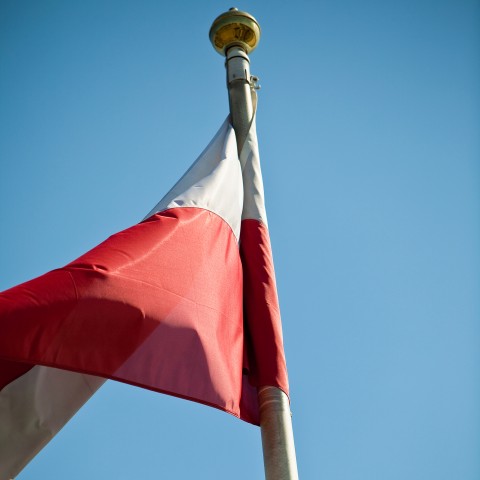
The anthem is played and sung during Polish national holidays and meaningful anniversaries such as:
- Święto Niepodległości (Independence Day)
- Święto Narodowe Trzeciego Maja (Constitution Day – celebrating the Constitution of 3 May 1791)
- Narodowy Dzień Pamięci „Żołnierzy Wyklętych” (“Cursed Soldiers” National Remembrance Day – the anniversary of the execution of Polish officers)
- Narodowy Dzień Pamięci Powstania Warszawskiego (Warsaw Uprising National Remembrance Day) and more
Sometimes the anthem is just played, and sometimes both played and sung. Apart from national Polish holidays, it’s also played during sports competitions, particularly international ones, such as football matches or the Olympics.
The national anthem belongs to the group of Polish national symbols (symbole narodowe) stipulated in the Constitution (konstytucja). This means that it’s protected by law. The etiquette when the anthem is played is to stand up, take off any headgear a person is wearing and remain silent and respectful. Soldiers and other people wearing uniforms should salute. Being disrespectful to the national symbols can be penalized with a fine of 20 up to 5000 PLN.
4. Interesting Facts About the Polish Anthem
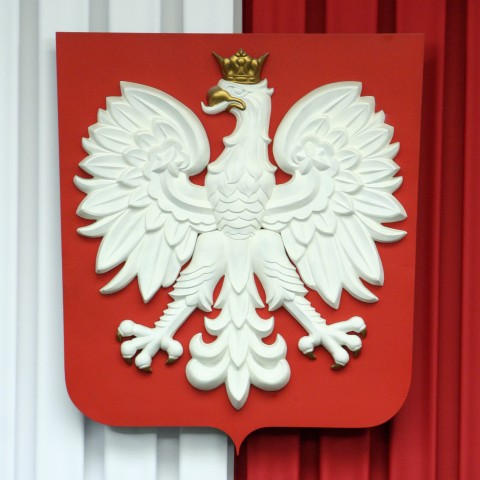
The anthem is taught in Polish schools. Still, some Polish people make mistakes when singing it, and some don’t know all the lyrics. It’s particularly common to sing póki my żyjemy (until we live) instead of kiedy my żyjemy (when we live) in the second stanza. There have been reports of politicians and other famous people singing the anthem incorrectly by misplacing words or entirely not knowing some parts of it and humming to the music instead. Do you remember all the lyrics of your country’s anthem? Let us know the answer and where you’re from in the comments section.
In 2002 during the FIFA World Cup, a famous Polish singer, Edyta Górniak sang the anthem in her own artistic interpretation. The footballers were unable to sing to her tune. Many people thought this was disrespectful and unnecessary. The performance is still well-remembered today. Some countries are more lenient or encouraging toward interpretations of the anthem, notably the USA. Poland remains quite conservative in that respect, as another controversy of this sort is quite recent. It was caused by a different Polish singer, Lidia Kopania, who also sang her own interpretation of the anthem during a boxing event in 2021. Yet again, the Polish public found it disrespectful, but the backlash was smaller, perhaps because the event was less prominent.
Speaking of sporting events, do you know what’s the most popular sport in Poland? Click on the link to familiarize yourself with our lesson on this topic. Before you check the answer, try to guess what it could be.
5. Final Thoughts
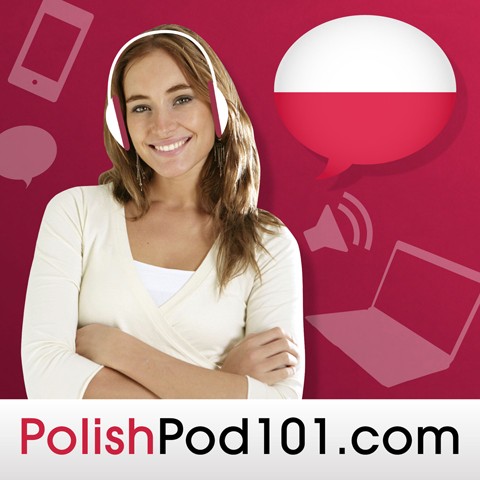
Today you’ve learned all you need to know about the Polish anthem. We hope that the history of the anthem was interesting for you and that you’ve gained more understanding of Polish history thanks to it. Anthems often tell us a lot about the cultural context of the country.
Knowing more about Polish culture will help you with the understanding of the language, but you need more to actually speak it. You can start or continue your Polish language journey with PolishPod101. It’s a platform with many, many, many recordings by native speakers that can help you improve your listening comprehension skills, vocabulary, and general Polish knowledge. Don’t dilly dally and join us at PolishPod101 today!












 Table of Contents
Table of Contents
